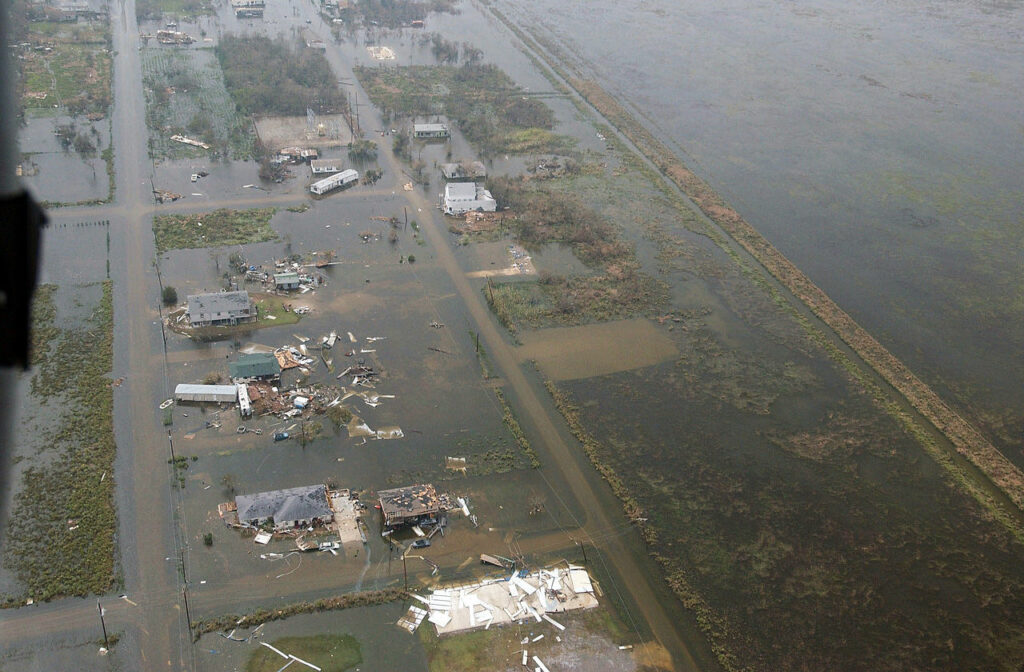
(Scypre.com) – Christian Fell, a 28-year-old Texan, found himself clinging to life—literally—after a wall of floodwater tore through his grandmother’s home in the early hours of July 4. Woken by an unfamiliar crashing sound, Fell initially feared a break-in, but quickly realized the real danger: water had already begun to rise inside the house. In minutes, it surged past his knees. Alone and panicked, he broke a window to escape and swam through the murky, fast-moving current. He eventually found precarious refuge on a meter box attached to the side of the building. For nearly three hours, he held on, soaked, shivering, and uncertain whether he would survive the night.
The flood that nearly claimed Fell’s life was part of a catastrophic weather event that slammed Texas Hill Country over the holiday weekend. More than six inches of rain fell in just three hours, triggering flash floods along the Guadalupe River and its tributaries. Kerr County was among the hardest hit, with the river rising over 20 feet in less than 60 minutes. At least 89 people are confirmed dead across multiple counties, including 27 campers and staff from Camp Mystic, a nearby summer camp that was swept away in the early-morning surge. First responders, aided by the National Guard and volunteer rescue teams, managed to save hundreds more, including Fell, who was spotted and assisted by a sheriff’s deputy as daylight broke.
Fell’s story, though harrowing, is only one of many emerging from the aftermath. Entire neighborhoods were submerged, cars overturned, and businesses destroyed. In Hunt, homes were carried off their foundations. Many survivors report having little to no warning; cell towers failed, and sirens were absent in some towns. Officials have acknowledged delays in alert systems and admitted that infrastructure upgrades—planned but not completed—could have made a difference. The state and federal governments have since declared disaster zones and committed emergency aid, while President Trump personally toured the area and pledged swift federal assistance.
Emotions are running high among survivors. In interviews with Fox News and local outlets, Fell repeatedly emphasized his disbelief at surviving. “I didn’t think I’d see the sun again,” he said. Others echoed the trauma—some holding onto trees or roofs, some saying final prayers in the dark. Yet even amid the grief, stories of resilience have emerged. Families are opening homes to strangers, churches are organizing hot meals, and community centers are overflowing with volunteers. The loss is immense, but the response has been deeply human.
Meteorologists have warned that this type of rapid-onset flooding could become more common as climate patterns shift. The Hill Country, sometimes referred to as “Flash Flood Alley,” is particularly vulnerable because of its rocky terrain and steep elevation drops. Experts noted that the remnants of Tropical Storm Barry helped fuel the intense rains, stalling storm bands over central Texas and releasing enormous amounts of water. With more rain forecast in the coming days, flood watches remain in effect.
Fell is now staying with relatives and says he’ll never look at a thunderstorm the same way. His experience has transformed him—not just in his relationship to nature, but to life itself. “There’s nothing else to do in that moment,” he said. “You just survive.” His words, and the courage behind them, capture the spirit of countless Texans now facing recovery. As the cleanup begins, the scars will remain—but so will the stories of endurance, community, and the will to live.